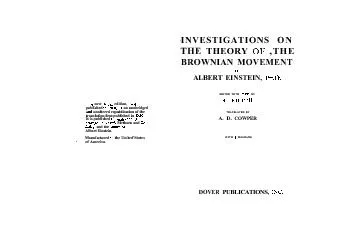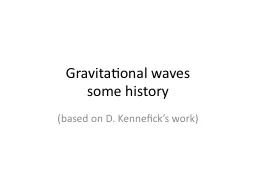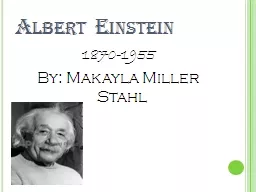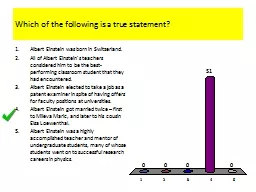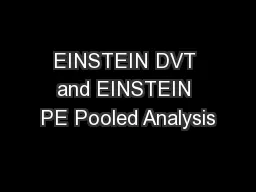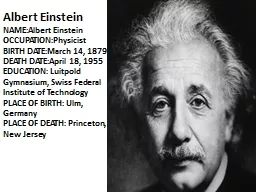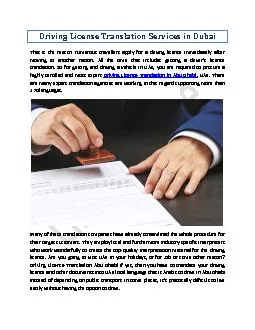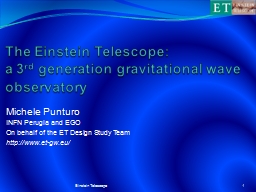PDF-new edition published an unabridged unaltered republication of the translation first published
Author : calandra-battersby | Published Date : 2014-12-12
Manufactured the United States of America INVESTIGATIONS ON THE THEORY THE BROWNIAN MOVEMENT ALBERT EINSTEIN EDITED WITH BY TRANSLAT A D COWPER WITH DIAGRAMS DOVER
Presentation Embed Code
Download Presentation
Download Presentation The PPT/PDF document "new edition published an unabridged unal..." is the property of its rightful owner. Permission is granted to download and print the materials on this website for personal, non-commercial use only, and to display it on your personal computer provided you do not modify the materials and that you retain all copyright notices contained in the materials. By downloading content from our website, you accept the terms of this agreement.
new edition published an unabridged unaltered republication of the translation first published: Transcript
Download Rules Of Document
"new edition published an unabridged unaltered republication of the translation first published"The content belongs to its owner. You may download and print it for personal use, without modification, and keep all copyright notices. By downloading, you agree to these terms.
Related Documents

